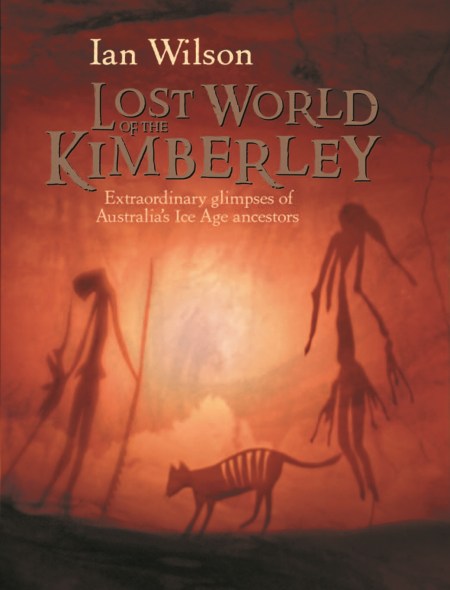We have updated our Privacy Policy Please take a moment to review it. By continuing to use this site, you agree to the terms of our updated Privacy Policy.
Where did they come from? And how and when did they arrive in Australia?
Little-known, difficult to reach, yet vital to this question are literally thousands of rock paintings, some believed to be as much as 50,000 years old, surviving high up in raised small caves on cliff faces in the remote and rugged Kimberley Ranges of North-West Australia.
Known as ‘Bradshaws’, after pioneer farmer Joseph Bradshaw who chanced upon the first examples in 1891, they feature lithe, graceful human figures depicted in a fashion altogether different from that of even the oldest traditional art. Indeed, present-day Aborigines disown them, insisting that the paintings are from ‘before our time’ and dismissing them as ‘rubbish’ art.
But just who were the people depicted in these Kimberley rock paintings? The paintings indicate a people with seafaring traditions, and this ‘first wave’ of pre-historic migrants to Australia could have a number of alternative origins.
Ian Wilson describes the early work on the Bradshaw Paintings, and explains how new dating techniques have shed new light on the findings. He explores the theories advanced for the origins of these people; one possibility is settlement from the Andaman Islands, where pygmy-like tribes still survive and speak a language closely related to some original languages. Farther afield still the author draws connections with Saharan peoples, and he even unearths startling similarities with South American tribes. He claims that even the boomerang is not peculiar to Australia, but can be traced in other, potentially earlier, pre-historic communities.
Recalling the early work of Thor Heyerdahl, this will be a wide-ranging and provocative book. It was the author’s enthusiasms for art, art history and archaeology which sparked his interest in the Turin Shroud, leading to two international bestsellers, and he now applies these same enthusiasms to the very Australian (yet also potentially international) mystery of the Kimberley rock
Little-known, difficult to reach, yet vital to this question are literally thousands of rock paintings, some believed to be as much as 50,000 years old, surviving high up in raised small caves on cliff faces in the remote and rugged Kimberley Ranges of North-West Australia.
Known as ‘Bradshaws’, after pioneer farmer Joseph Bradshaw who chanced upon the first examples in 1891, they feature lithe, graceful human figures depicted in a fashion altogether different from that of even the oldest traditional art. Indeed, present-day Aborigines disown them, insisting that the paintings are from ‘before our time’ and dismissing them as ‘rubbish’ art.
But just who were the people depicted in these Kimberley rock paintings? The paintings indicate a people with seafaring traditions, and this ‘first wave’ of pre-historic migrants to Australia could have a number of alternative origins.
Ian Wilson describes the early work on the Bradshaw Paintings, and explains how new dating techniques have shed new light on the findings. He explores the theories advanced for the origins of these people; one possibility is settlement from the Andaman Islands, where pygmy-like tribes still survive and speak a language closely related to some original languages. Farther afield still the author draws connections with Saharan peoples, and he even unearths startling similarities with South American tribes. He claims that even the boomerang is not peculiar to Australia, but can be traced in other, potentially earlier, pre-historic communities.
Recalling the early work of Thor Heyerdahl, this will be a wide-ranging and provocative book. It was the author’s enthusiasms for art, art history and archaeology which sparked his interest in the Turin Shroud, leading to two international bestsellers, and he now applies these same enthusiasms to the very Australian (yet also potentially international) mystery of the Kimberley rock
Newsletter Signup
By clicking ‘Sign Up,’ I acknowledge that I have read and agree to Hachette Book Group’s Privacy Policy and Terms of Use

